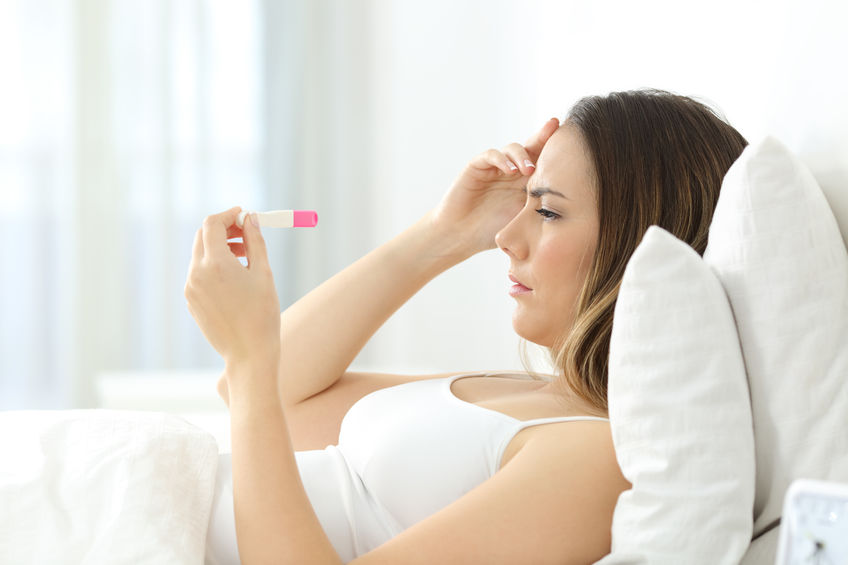Blocked Tubes Causing Infertility?
When the fallopian tubes are blocked, fertilization is unable to occur as the sperm and egg cannot meet. The fallopian tubes get blocked for various reasons, such as sexually transmitted infections (STIs), pelvic inflammatory disease (PID), endometriosis, and fibroids. Healthcare providers can perform a hysterosalpingogram (HSG) to understand the reason for blocked fallopian tubes.

Visualizing the tubes
HSG is an x-ray procedure that uses a special dye to visualize the fallopian tubes and uterus and identify problems contributing to infertility. Once the dye is introduced into the tubes and uterine cavity, x-ray images are taken to look for blockages or growths. An HSG is a quick outpatient procedure that takes about 5 minutes.
Timing an HSG
A fertility specialist will usually perform this test during the first 2 weeks of the menstrual cycle. By scheduling the HSG before ovulation, the chances of pregnancy are low, decreasing the likelihood that a developing baby will be exposed to radiation from the x-ray.
Possible complications
After an HSG, a woman may experience mild pain, cramps, sticky vaginal discharge, or bleeding. Over-the-counter pain medications can help control the pain. Complications are rare but can include allergic reactions to the dye, infections, and possible injury to the uterus. The amount of radiation present from the x-ray is minimal and not expected to cause a problem for the patient.
Does HSG improve pregnancy?
The likelihood of HSG improving pregnancy rates is unknown. Some research shows that pregnancy chances are slightly increased for about 3 months after an HSG test, but more studies are needed. The exact reason is not entirely understood, but some doctors think the dye flushes out the reproductive tract, making an embryo more likely to implant. However, patients should remember that the primary purpose of the test is to diagnose infertility, not increase the chances of conception.
Unblocking a tube
Once the healthcare provider has diagnosed a blockage in the tubes, further procedures will be recommended. The doctor will recommend in vitro fertilization (IVF) or perform a laparoscopy to view, evaluate, and treat the fallopian tubes. The next step will be determined by the healthcare provider, depending on the patient’s case and exact diagnosis.
Getting pregnant with blocked tubes
Women with fertility issues due to blocked tubes can still get pregnant by other means. An HSG is primarily used for diagnosis purposes. However, in some cases, fertility may increase for a few months after an HSG. Women with blocked tubes can have a baby with IVF or treat the blocked tubes with laparoscopy to get pregnant naturally. The outlook for a blocked tube is generally good, and pregnancy is possible for women with this condition.
